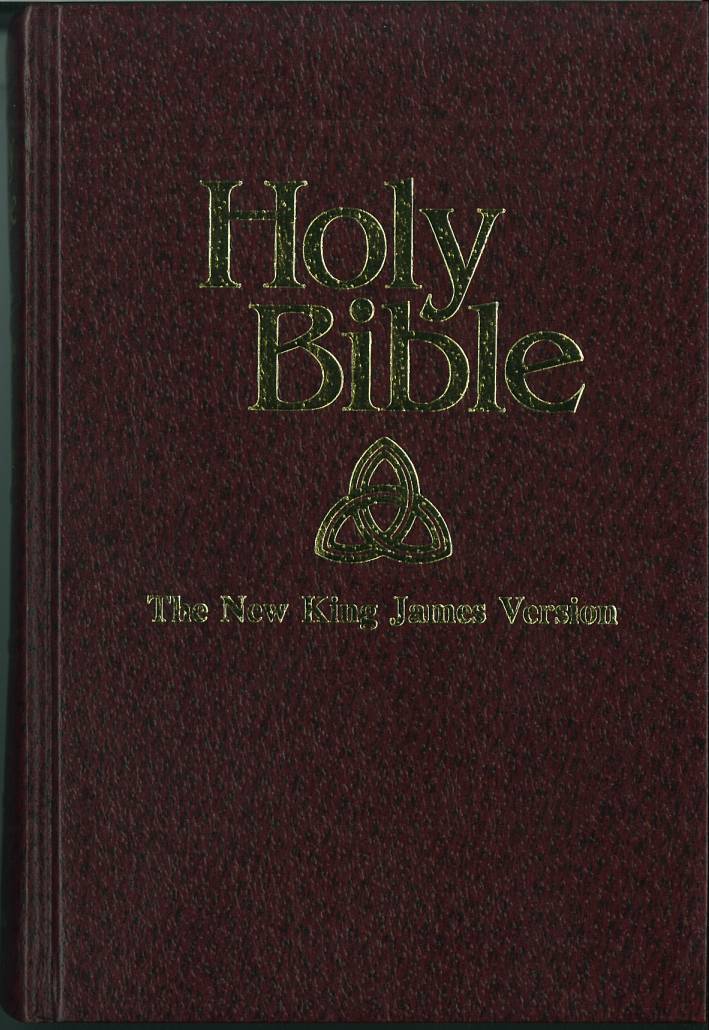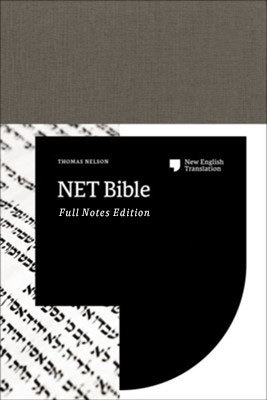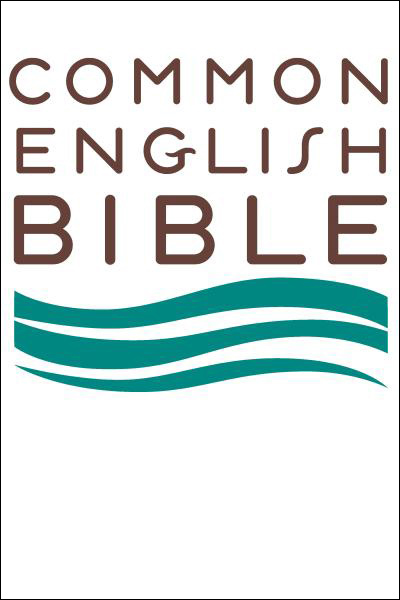The Word of God has been recorded in a variety of media: tablets (Exodus 32:15–16), scrolls (Deuteronomy 17:18), papyrus sheets (2 John 12), and, last but not least, human memory (Psalm 119:11). The codex—pages made from sheets that have been bound together, in other words, the object we think of when we think of a book—was adopted soon after the last Bible books were written. More than a thousand years later, the printing press made it possible to mass-produce books, spurring the Protestant Reformation.
Likewise, in our time five-hundred years after the Reformation, the electronic digital medium (through which you are reading these words) has changed the way we record, study, and distribute God's Word.
By electronic, I mean Bibles that are recorded on a media device that requires a source of electric power to access. And by digital, I mean Bibles that are recorded in a numeric code that makes their words subject to computer manipulation, as opposed to, say, the popular Gospel According to Matthew film (though speech-to-text technology is changing that).
One advantage of studying the Bible digitally is that the code allows easy access to the original languages. Similar to how I have linked the following text to a website, Blue Letter Bible and similar websites link the original Hebrew/Aramaic and Greek words of the biblical text to the English words that are used to translate them. No more lugging around heavy interlinear Bibles and concordances!
This also means that there is no excuse for relying on English dictionaries for the meaning of Bible words when at the click of a mouse or tap of a finger we have free access to lexicons—dictionaries of the original languages of the Bible—along with all the occurrences of a given word in Scripture. My favorite website for this sort of study is the Bible Study Tools interlinear Bible search.
But beware: The meaning of a word is not determined by its dictionary definition but by the textual and historical settings in which it is used. Unless you have studied the grammar and syntax of the original languages and the historical backgrounds of the Bible, a list of lexical possibilities can take you only so far towards the meaning. So always consult translations and commentaries, which are only a click or tap away in many digital Bibles, to get a sense of which sector of a word's semantic range is being selected by the text in its context.
Also, beware that certain free Bible apps and websites are known to sell information about your searches and other activity to internet advertisers. Even publishers of digital Bibles have to pay the bills. And on the internet, as the saying goes, if you're not a paying customer, you're likely the product being sold.
There are many free Bible apps available for smartphones and tablets, but I prefer those that download the Bible to my device for offline use. Again, Blue Letter Bible has a quality app, and I have successfully used Olive Tree and e-Sword in the past, as well. Beware of apps that ask for unnecessary permissions like contacts or location (if you're not the customer, ...).
These days I use only paid Bible study platforms. They are more or less expensive depending on the resources you want to get with them but are only worth it if you are prepared to use their extra features. Prices range from just over a hundred to thousands of dollars for a full library of resources. Accordance has the fastest and most powerful searches, but they charge you for the software in addition to the resource packages. Logos is slower but free and has the most resources available. Both platforms have resources specifically for Seventh-day Adventists.
The great, irreplaceable advantage of digital Bibles is that you can quickly find what you are looking for along with lots of other information about it. The inevitable disadvantage that goes along with that: Easy come; easy go. The human mind, which is where God's Word ultimately needs to be written (Jeremiah 31:33, Hebrews 8:10, 10:16), is best activated by sustained bodily contact with physical objects. We remember best what we have a sensory experience with.
So how will we know what to search for in our digital Bibles in the first place? By regularly interacting with our good, old codex Bibles.
If you're wondering How to Read the Whole Bible for the First Time, click here.
Wondering What Bible Should I Read? See my recommendations here.









